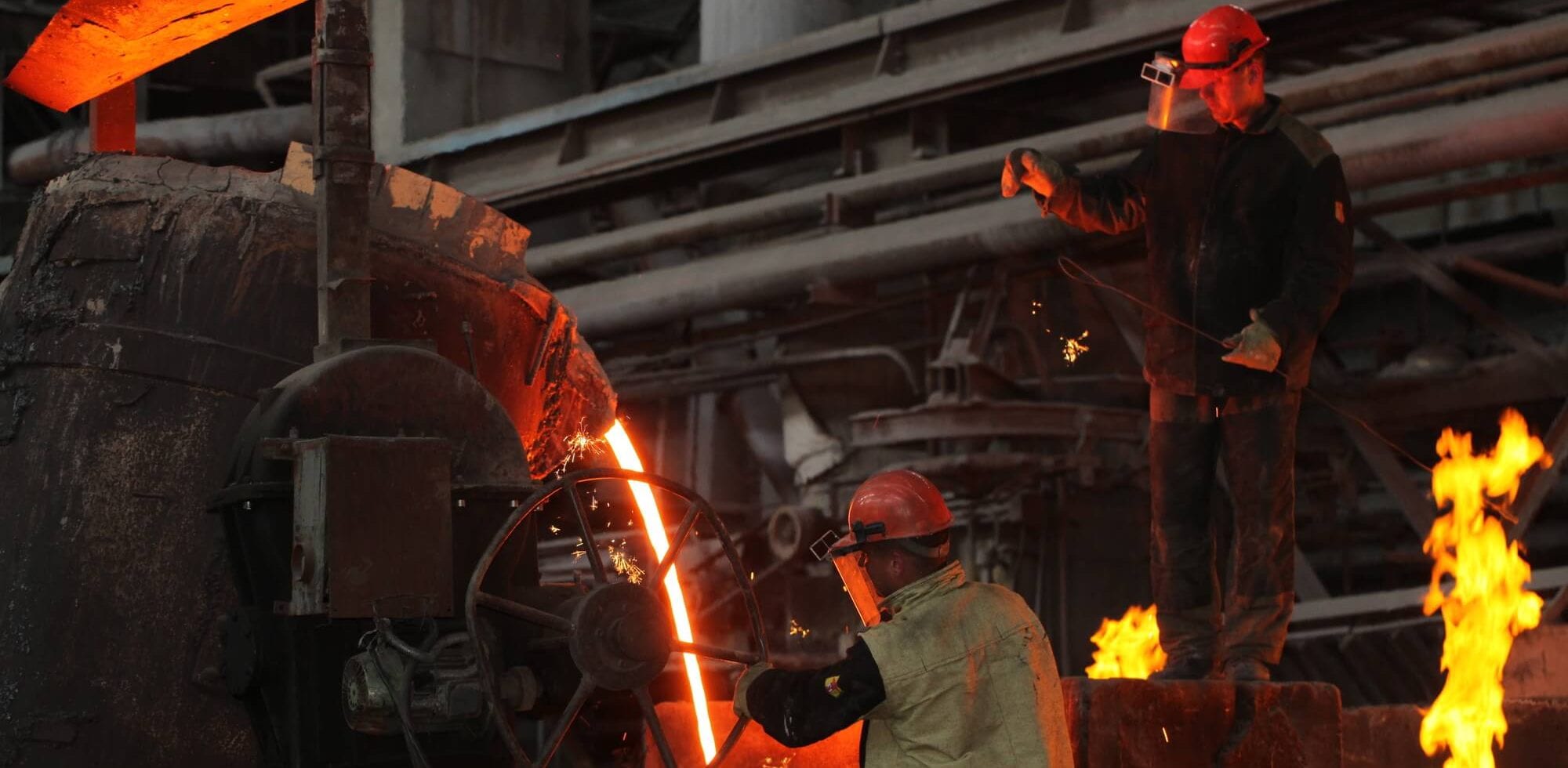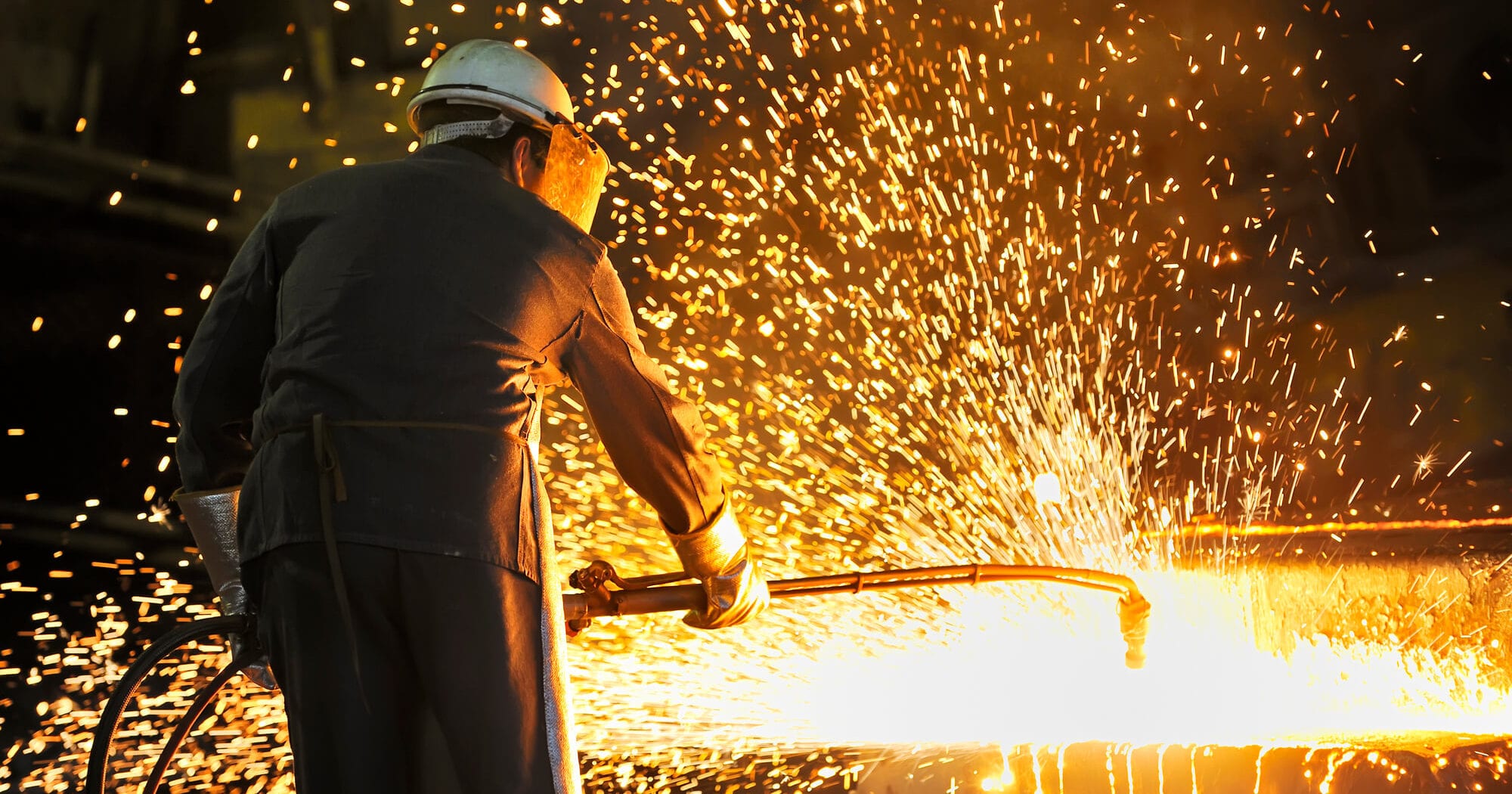What Are Industrial Burners?
If you’re not already familiar with industrial process equipment, industrial burners might seem otherworldly. You might picture a steam-filled boiler room from an old Hollywood film. Boilers and burners are often used interchangeably in conversation, but there are critical differences between the two pieces of industrial equipment. Let’s take a closer look at industrial burners’ functions and applications so you’re better prepared when you need to upgrade your burner system.
How Do Industrial Burners Work?
From the exterior, burners might just look like a hunk of metal to an untrained eye. However, inside the burner, there is an array of processes taking place. The device is used to mix oxygen with fuel to achieve controlled combustion. Fuel is injected into the system using a burner tip, which is essential to the heating process. The burner produces a specific flame and heat-release pattern that can be controlled within the combustion chamber, making it ideal for heating, melting, manufacturing, and steam production, among other things.
What Are the Industry Applications of Industrial Burners?
Industrial burners allow different types of facilities to control an open flame for a wide range of applications. Burners are most commonly used in industrial settings for heating purposes, as a means to generate steam or supply thermal energy, or applied in manufacturing processes. Additionally, they are used for other applications, such as:
- Providing heat to boiler systems
- Welding
- Heating liquids/fluids
- Creating chemical reactions
- Melting metals
- Recycling
- Glass blowing
There are a variety of uses for industrial burners in an industrial setting. There is also a wide range of burner types, with some working better for specific processes over others.
What Are the Different Types of Industrial Burners?
Most people are familiar with typical cold air burners, which are found most often on residential properties. However, there is a multitude of burner types; the ones most commonly used in residential and commercial applications are:
- Cold air burners: Typically found on residential devices like gas ranges and furnaces.
- Hot air burners: These types of burners preheat incoming air using a central heat-exchanger device.
- Regenerative burners: Regenerative burners use a pair of burners to alternate between firing and exhausting, preheating a regenerative heat exchanger box to create hotter preheated air.
- Oxy-fuel burners: These burners use pure oxygen to burn with fuel instead of combustion air.
There are other factors of burners that vary from application to application. For example, varying velocity flames produce unique results. High-velocity burners have shorter, more intense flames, while lower velocity burners produce “lazy,” lame flames. For melting applications, medium velocity flames are preferred to drive heat to metal while still producing a uniform flame.
Each type of burner can be utilized in various applications and provides numerous benefits. However, some types are more beneficial for certain processes than others.
Drawbacks of Industrial Burners
Like any other industrial equipment piece, there are benefits and drawbacks to using burners in your facility. One main reason that their use is so widespread across industries is the power of their performance. Industrial burners allow for the rapid production of heat and energy compared to other heating solutions.
Industrial burners are fantastic for a broad range of applications because they allow for overarching control of heat levels and production. The type and level of combustion produced by the burner are also able to be controlled. This way, they can be used across a variety of applications within your facility.
Another great thing about industrial burners is that they require very little maintenance over time. The sole drawback of the system is that when care is necessary, it can be extremely costly. Facilities should factor in potential unforeseen problems so that the repairs don’t take a big chunk of the budget or the facility’s production time.
Improving Industrial Burner Technology
Although they may look just as clunky and complicated as their counterparts from earlier decades, recent technological advances have significantly enhanced industrial burners’ functionality. There are different technologies available for each type of burner as well. A good, cost-effective industrial burner system should:
- Mitigate negative aspects of individual burner types
- Reduce environmental impacts
- Meet industry requirements for safety and energy
- Be easily cleaned and maintained
- Increase production levels
When your industrial burner technology is up to industry standards, your efficiency and production levels rise. Your industrial process equipment provider should easily equip you with the right burner for your facility’s needs.

Reasons To Upgrade Your Industrial Burner
There is a wide range of reasons to upgrade your current industrial burner equipment. One of the most critical considerations is productivity levels. It’s often cited that increased heat levels allow for maximized production, mainly when your facility’s processes include melting different metals. By installing efficient, industry-leading process equipment in your facility, you can quickly increase productivity levels and significantly reduce your bottom line.
Selecting the Right Industrial Burner
When it comes down to it, your burner is an essential part of your facility’s operations. If it’s no longer operating up to par, it is probably time to consider replacing your existing burner equipment.
During the selection process, you have to ask yourself: what am I trying to achieve using my new industrial burner? Are you aiming to increase production, reduce fuel consumption and emissions, improve the machinery’s reliability, or mitigate maintenance costs? There are several ways to apply the benefits of an industrial burner to your facility’s processes.
Once you know your industrial burner’s application within your facility, you can select the right industrial burner to improve your processes significantly. When choosing your next industrial burner, consider the following components:
- Capacity
- Turndown performance
- Flame geometry
- Temperature
- Mounting
- Ignition
It’s also incredibly important to understand the key differences between various burner types. One type might work better for your needs than others. For example, an oxy-fuel firing burner has high efficiency and low emissions but is incredibly costly to operate due to the cost of supplying oxygen. Working with a professional process equipment manufacturer or provider can help you understand which burner type is best for your facility.
Selecting the perfect industrial burner for your facility’s needs is a challenging task. Contact your industrial equipment manufacturer and provide them with accurate specifications to help find the burner best suited to your requirements. Not only is an excellent burner system the best way to positively impact your productivity levels and bottom line, but it’s a long-lasting investment if appropriately selected.





